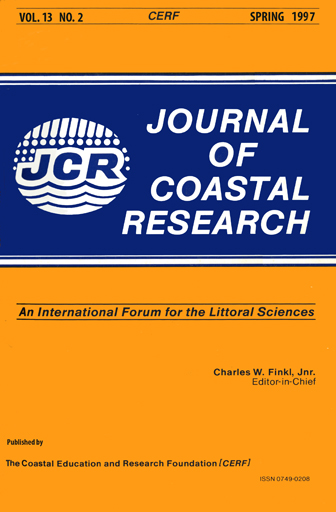Microwave Remote Sensing of Coastal Zone Salinity
Keywords:
Coastal salinity, Coastal ocean temperature, Coastal environments, littoral zoneAbstract
An operational airborne salinity remote sensing system is now available for coastal and estuarine studies with an accuracy of 1 ppt at 100 m spatial resolution. The system can perform area mapping at a rate of 100 km2/ hr from low altitude light aircraft. Called the Scanning Low-Frequency Microwave Radiometer (SLFMR), the system is designed to operate from a small single-engine aircraft. The system is composed of an 8-beam 1.4 GHz microwave radiometer, a 2-channel infrared radiometer, a Global Positioning Satellite (GPS) receiver for geolocation of the measurements and integral computer control. Working closely with personnel at the Virginia Institute of Marine Science (VIMS), the SLFMR was fitted to the VIMS U6-A DeHavilland Beaver aircraft. The first test flights of the SLFMR were completed in August 1993 over the Chesapeake Bay and coincided with extensive boat-based monitoring missions conducted by VIMS and Old Dominion University. Due to extensive Radio Frequency Interference (RFI) the 1993 test was not totally successful. The system was subsequently re-flown in 1994 over the Chesapeake Bay in a more friendly RFI environment. In this case, successful remote sensing measurements were made, which compared favorably with in situ data collected by VIMS. A final flight was conducted over Delaware Bay in an even more friendly RFI environment, and the data compared favorably with historical data compiled from ship surveys.


